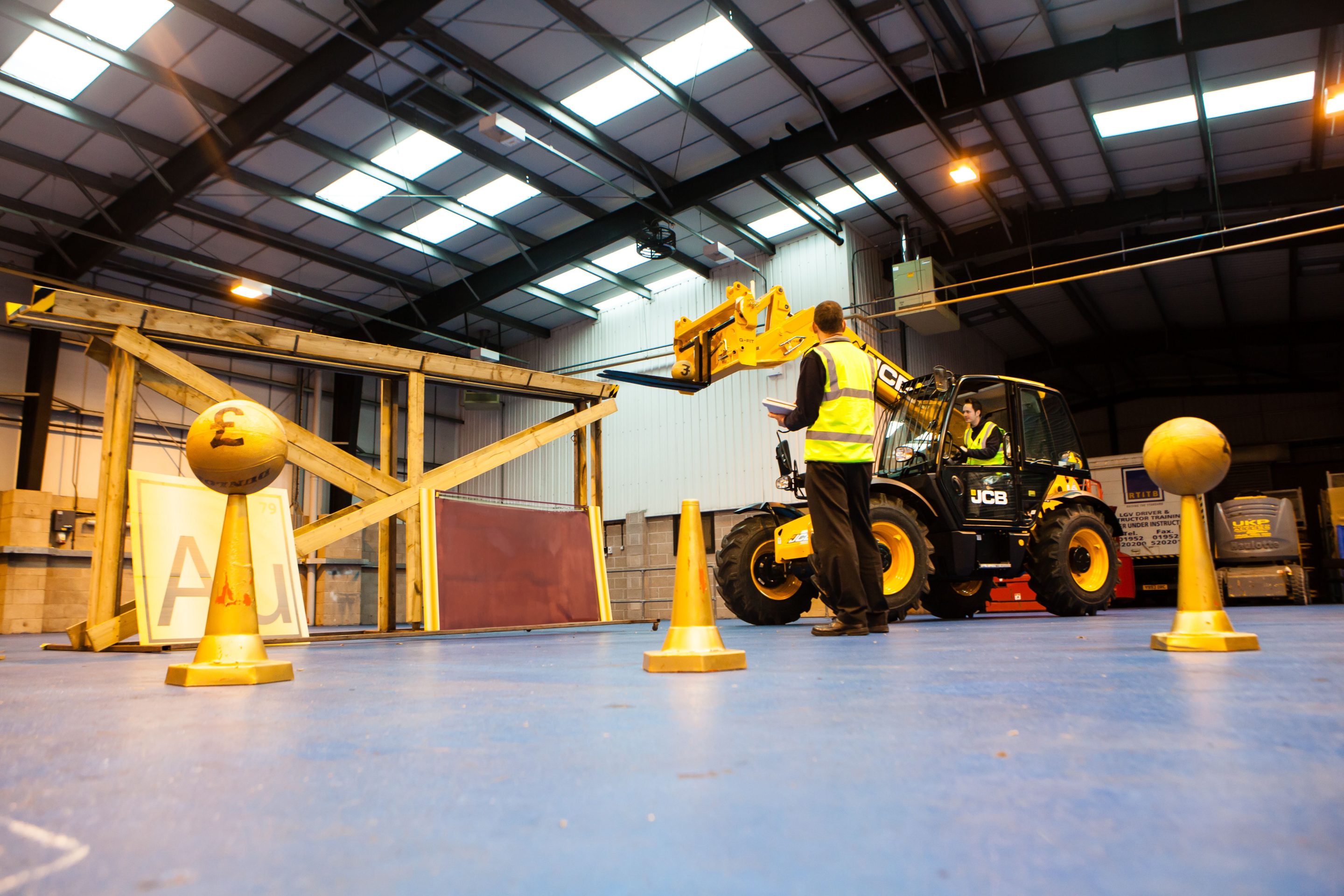Within the ABA workplace transport groupings (also know as categories), some machines are defined as being either Industrial or Rough Terrain. So, what is the difference? And why does it matter?
First and foremost, it is crucial the correct testing and grouping categories are used so that employers are clear on what certificate of basic training has been obtained by an operator. The ABA has worked in conjunction with UKMHA (UK Materials Handling Association) to clarify the distinction between rough terrain and industrial machines.
For example, consider variable-reach trucks. To identify the correct category it is essential to consider the truck’s intended operational environments and the technical requirements associated with each truck type. Helpfully, manufacturers will usually certify their variable-reach trucks as either ‘industrial’ or ‘rough-terrain’. You can typically find this in the truck’s documentation. The technical requirements for the types are different, so it is important that these are not confused.
What is a Rough Terrain truck?
A Rough Terrain truck is designed for operation on unimproved natural terrain and/or on the disturbed terrain typically found on construction sites. It will be well-suited for outdoor use in uneven, rugged surfaces. If an operator is tested on a rough-terrain truck, the application should be specific to the appropriate rough-terrain class, e.g., J2 or J3.
A rough-terrain truck can, of course, be used in an industrial setting. However, in this case it’s important to distinguish the specific training programme to ensure that operators are adequately prepared for the technical requirements of the intended environment.
If the rough terrain operator testing is conducted for an industrial setting only, a restriction should be noted. For instance, the training/testing may specify that rough terrain operation has not been covered.
What is an Industrial truck?
Industrial trucks are intended for use in environments with smooth, level, prepared, and consolidated surfaces. These trucks are ideal for indoor and/or outdoor use on stable and controlled surfaces. For example, those found in warehouses or manufacturing facilities.
Support safety with the right certification
Adhering to the above guidelines can help employers accurately assess an operator’s training. This is essential for ensuring that they are qualified and certified to operate the particular equipment in the designated settings, whether it be on rough terrain or in an industrial environment.
If you have any questions or concerns about which category is correct, contact your Accrediting body or please feel free to contact our team.

